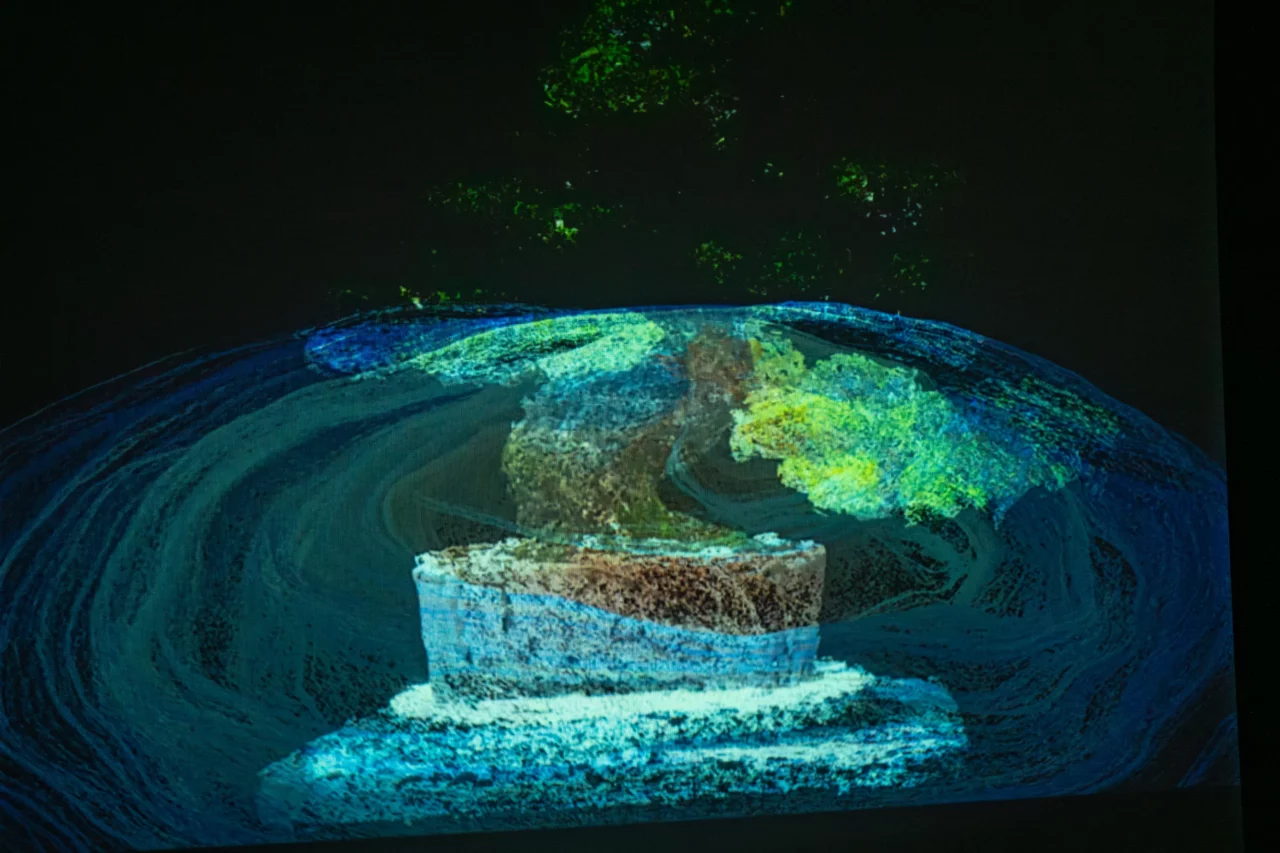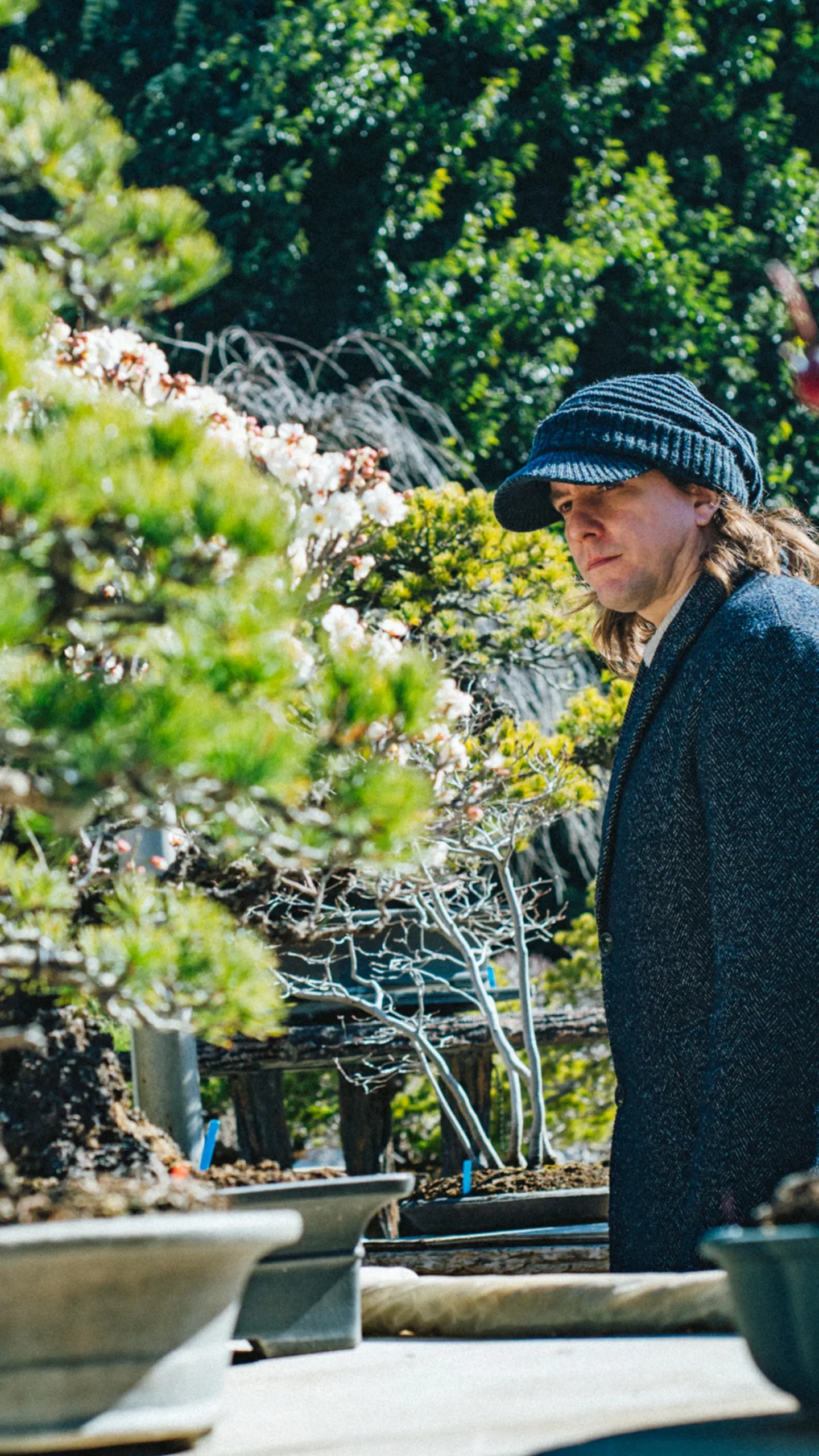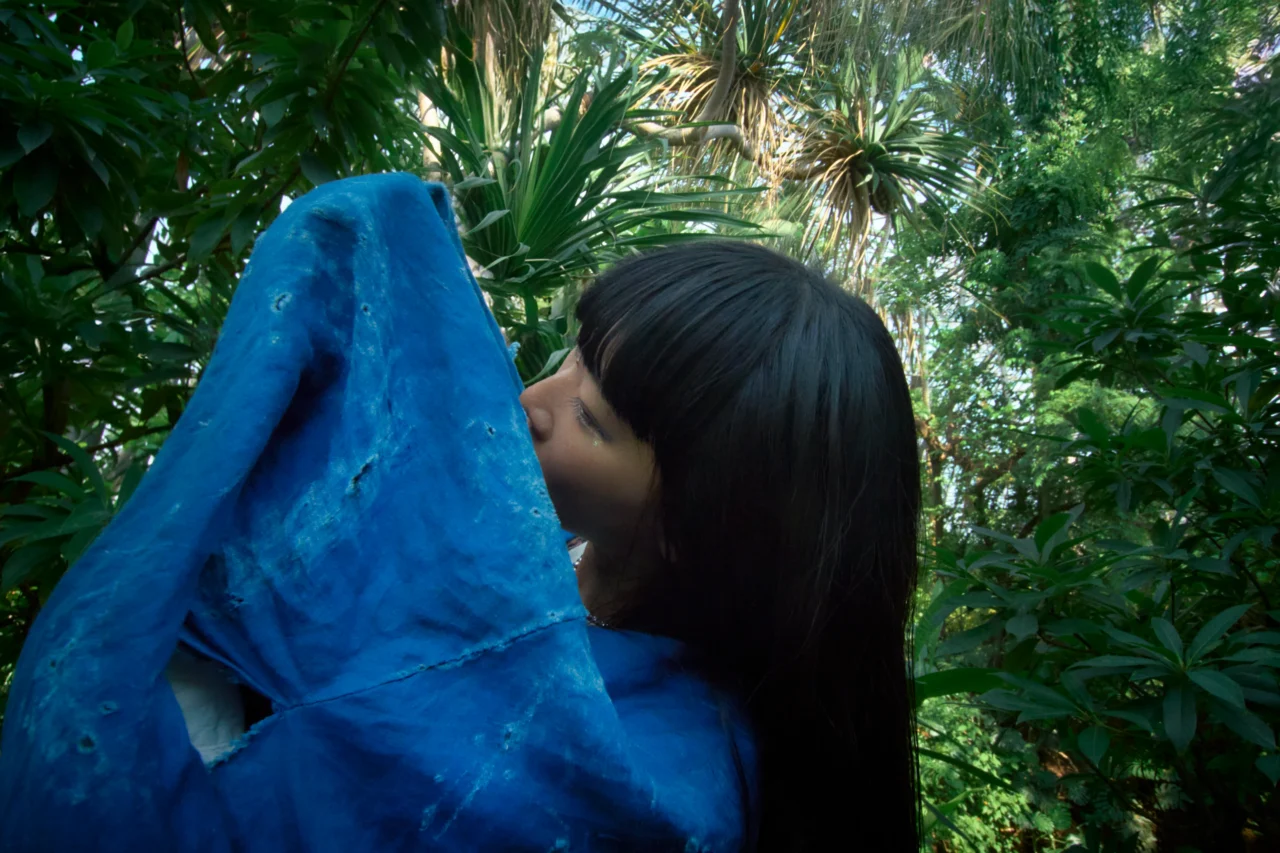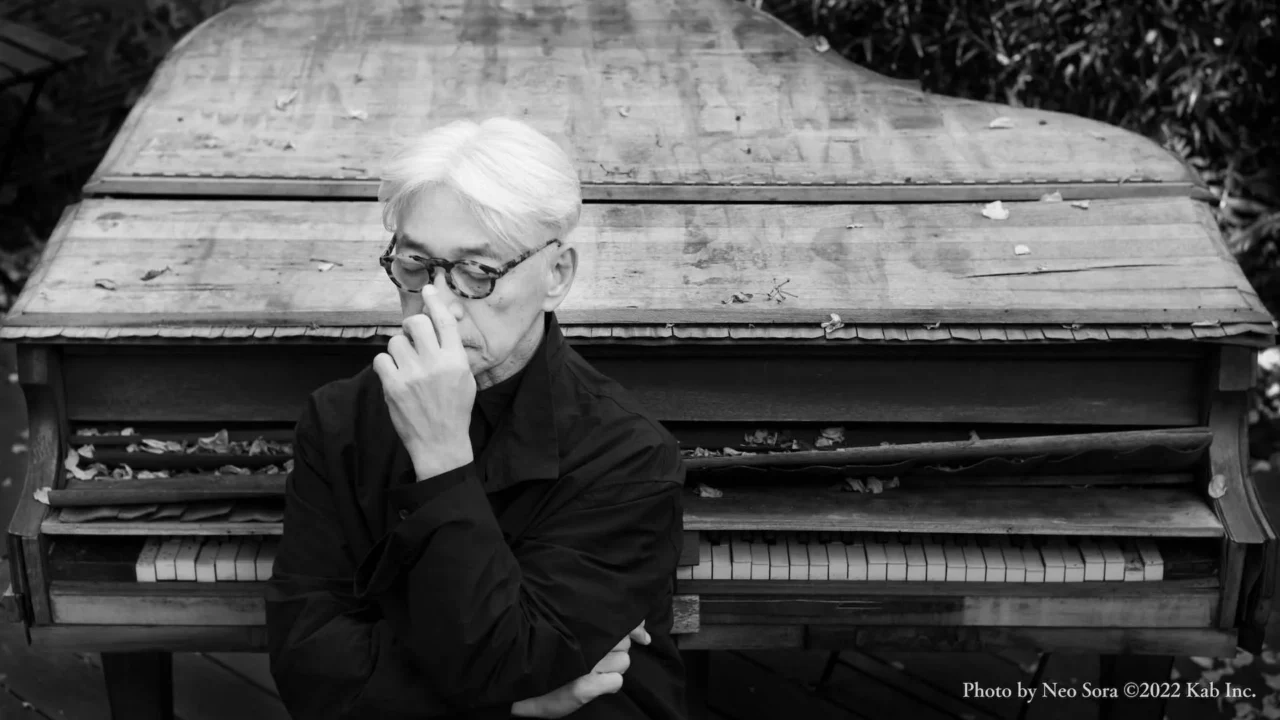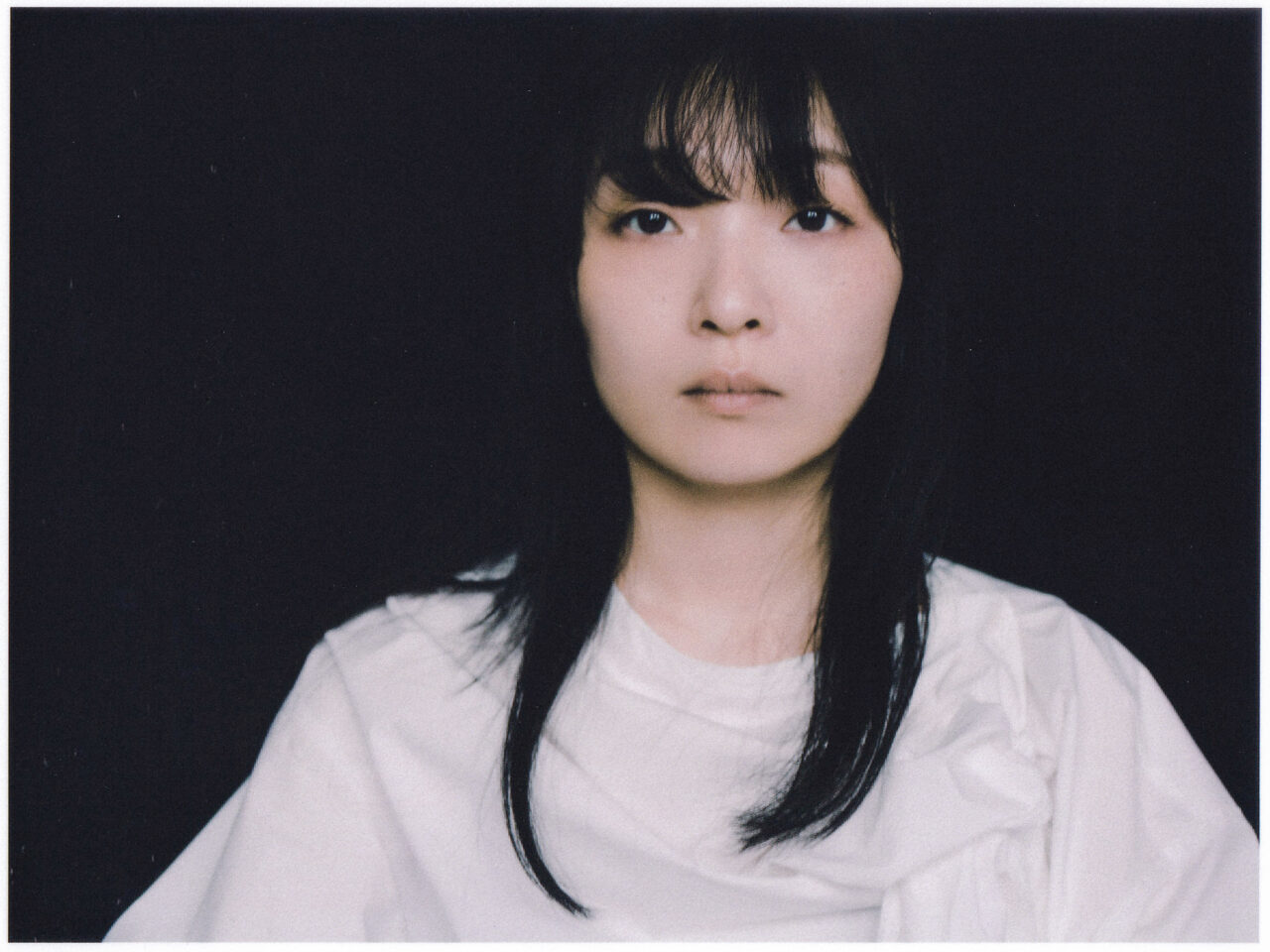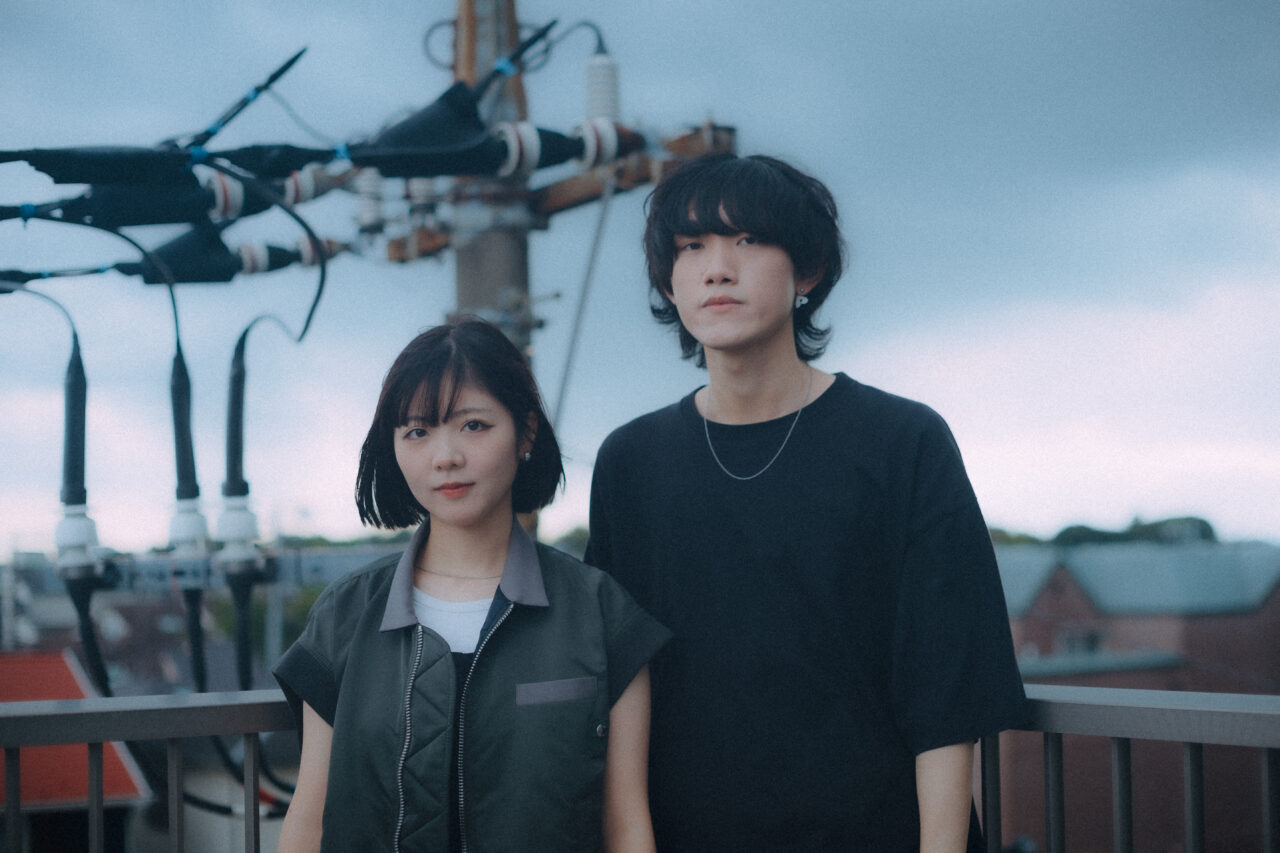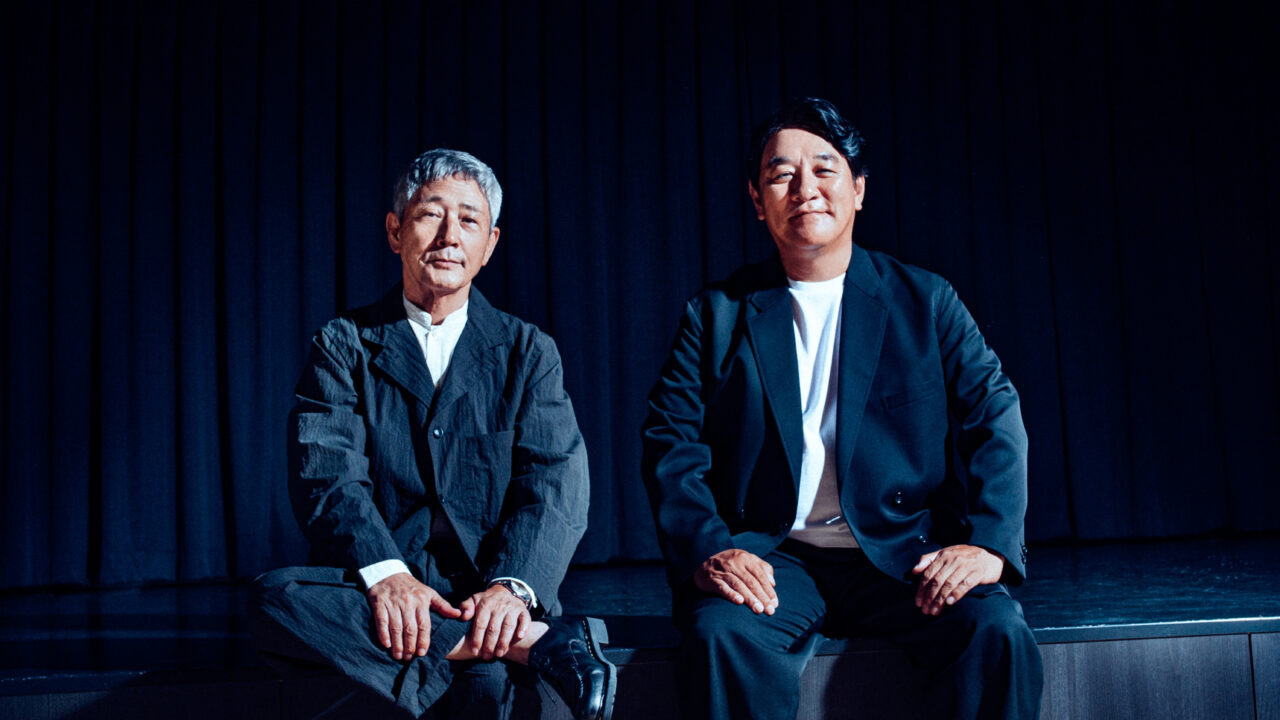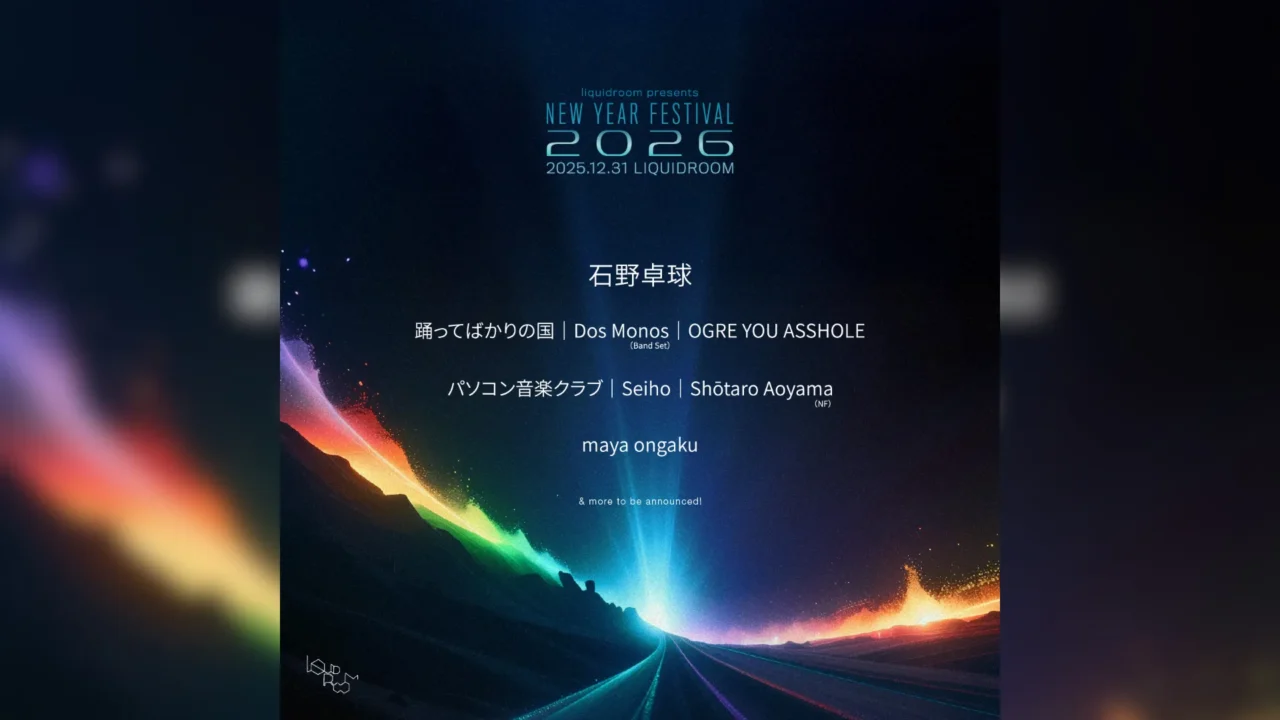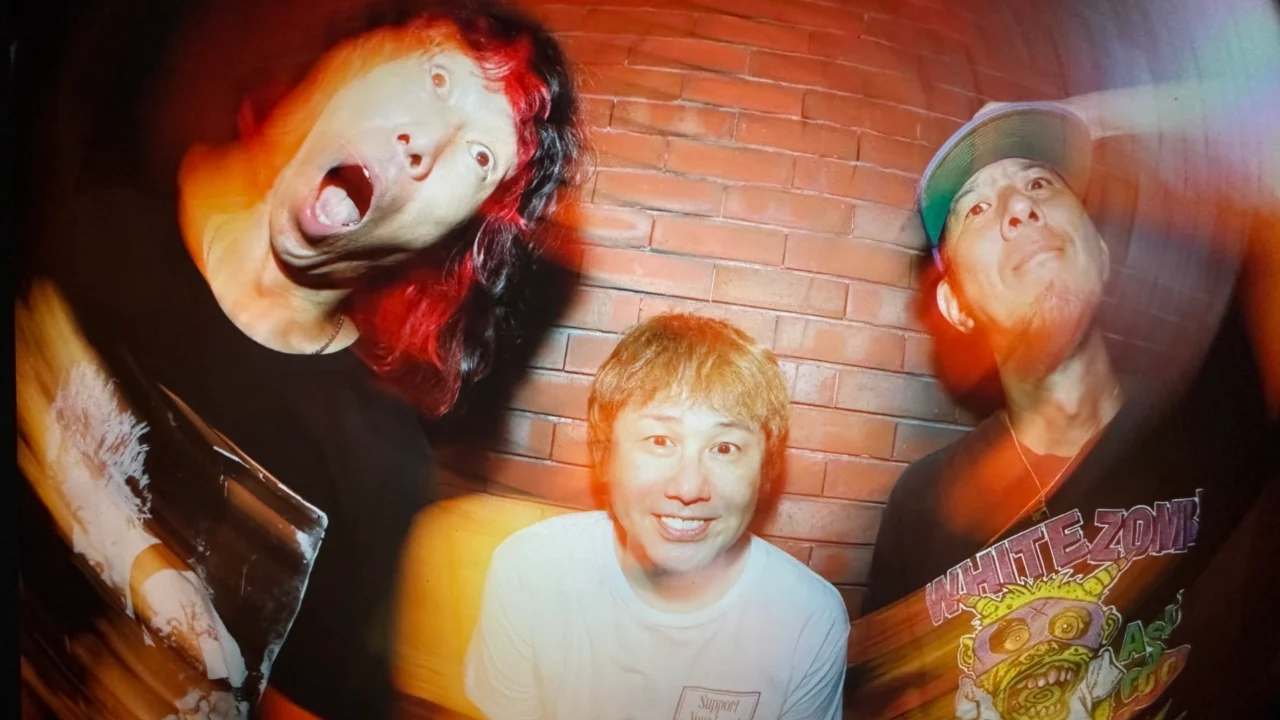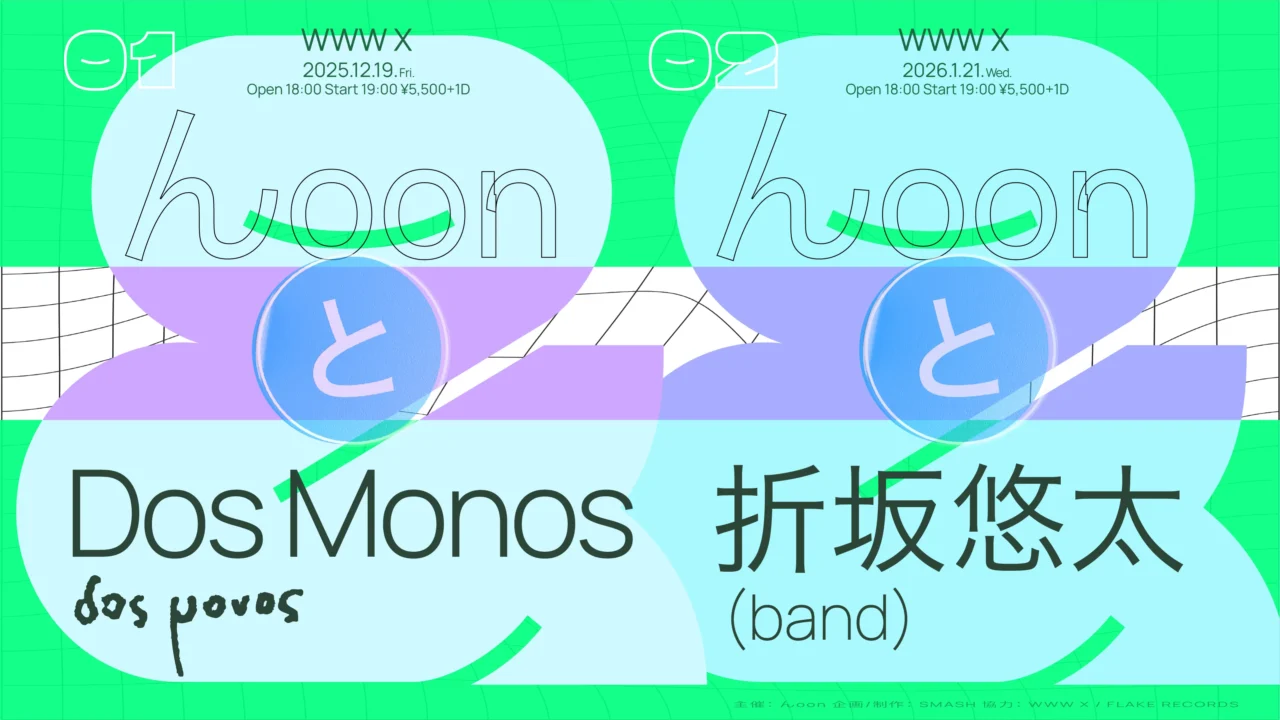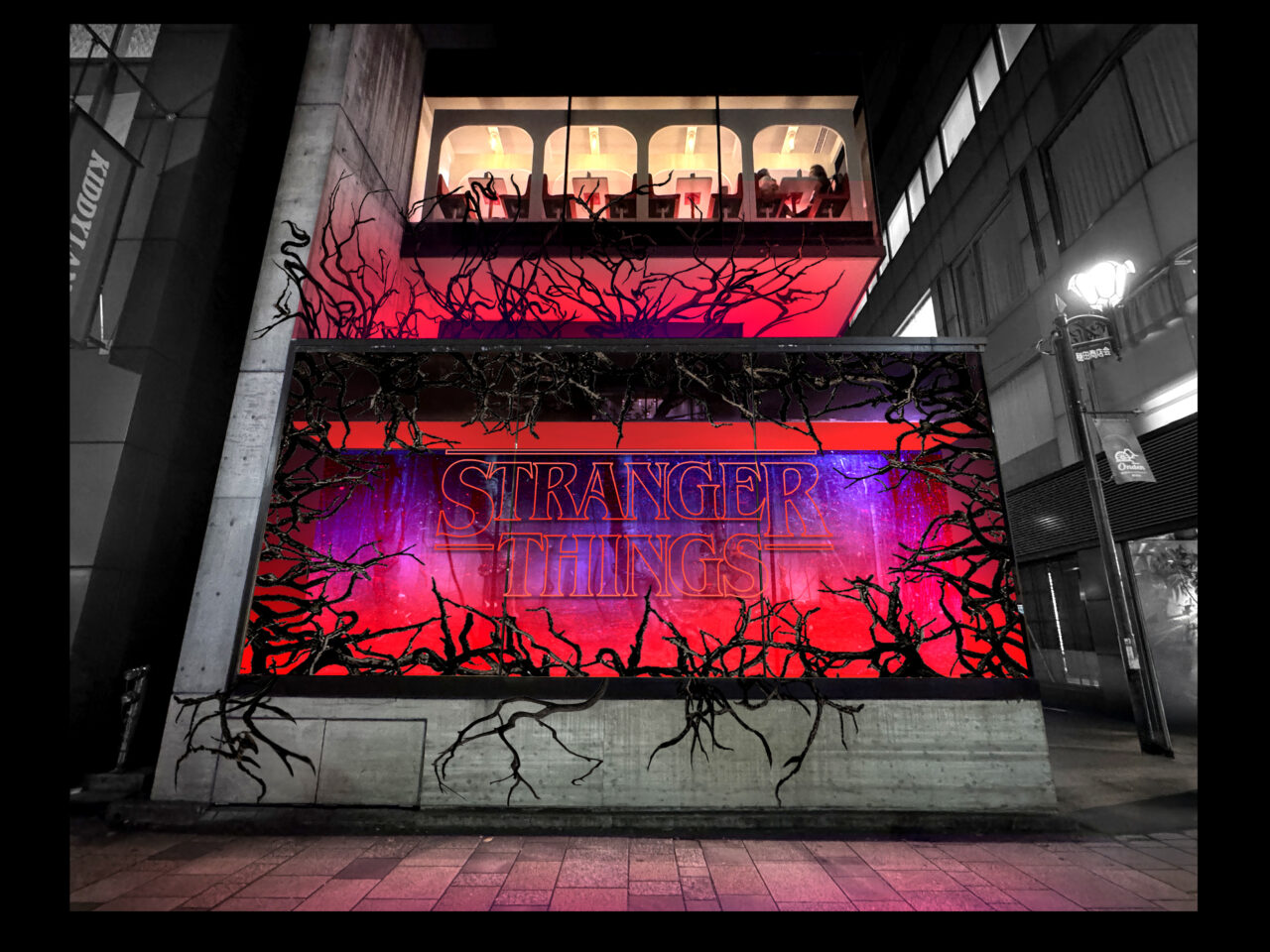A quiet revolution is reshaping Japan’s cultural landscape. From the dynamic rhythms of Nakano Yamatocho’s DAIBON to the vibrant processions of Sumida’s Sumiyume Odori Parade, a new wave of Bon Odori festivals is breathing fresh life into tradition. Meanwhile, artists are reinterpreting folklore, finding new meaning in the echoes of the past. This revival of local culture isn’t just a trend—it’s a movement, rippling across Japan and beyond.
In this spirit, the Sleeping Memory exhibition, held in Saitama this February as part of the Imaginary Saitama project, took an unexpected muse—bonsai. Through immersive audiovisual art, the exhibit invited visitors to see this centuries-old practice in a new light. Intrigued, I ventured to the heart of its legacy, Omiya Bonsai Village, to experience the “sanctuary of bonsai” firsthand.
INDEX
Glowing Particles in a Traditional Japanese Room
Stepping into a community house repurposed from an old Japanese home, I take off my shoes and enter. Inside the pitch-dark tatami room, faint particles of light begin to float, gradually forming the shape of a bonsai tree, accompanied by an ethereal soundscape. What exactly is happening here…? The unexpected scene makes me pause in awe for a moment.
This is a glimpse into Sleeping Memory, an audiovisual installation by Leonid Zvolinsky, exhibited at Bonsai Shiki no Ie in Omiya Bonsai Village—known as the “sacred ground of bonsai”—from February 8 to 16, 2025, in Saitama City’s Kita Ward.
That said, there are many questions to unravel. First, why is Saitama’s Kita Ward, Bonsai-cho, considered the heart of bonsai culture? What exactly is Omiya Bonsai Village? How did a digital art piece emerge from a theme seemingly so distant from the digital world—bonsai? And ultimately, what is this work trying to convey to its audience?
This article explores these questions and takes a deeper look at the thriving art scene in Saitama. We also had the chance to speak with Sleeping Memory‘s creator, Zvolinsky, and will share his insights along the way.
